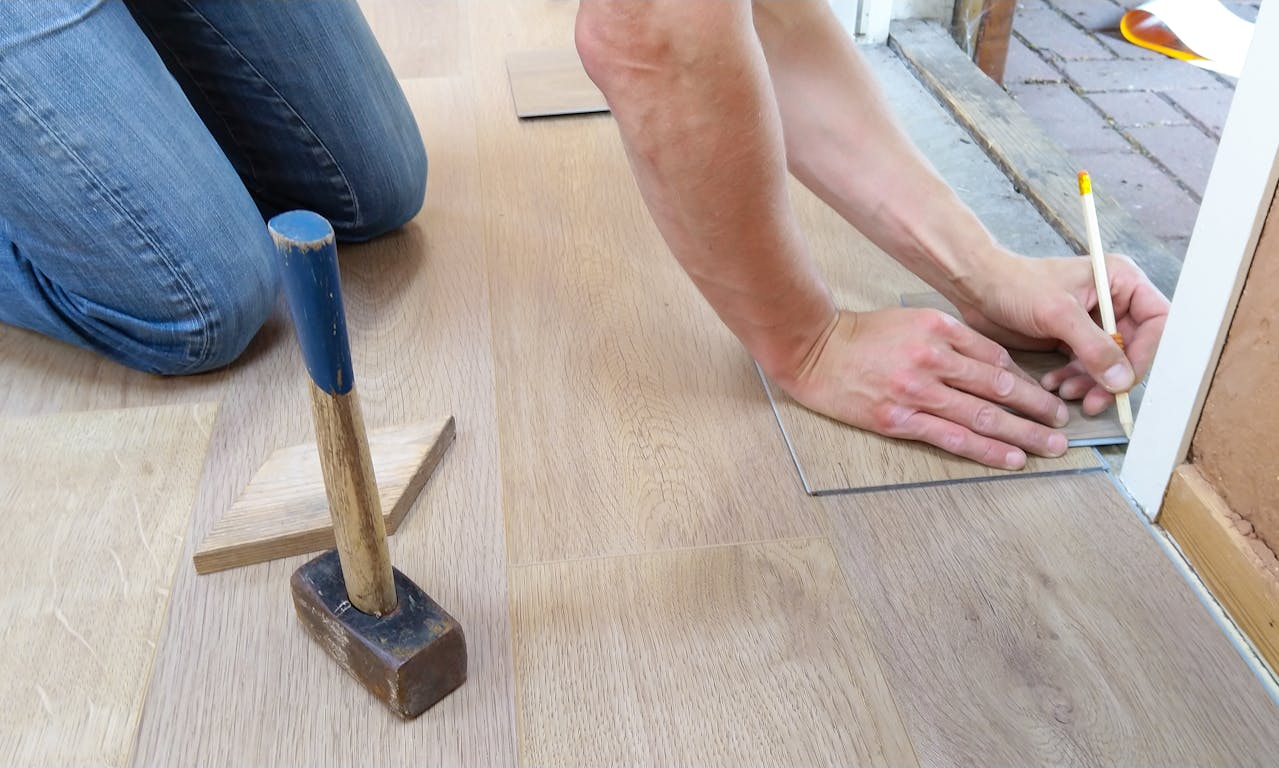What You Need to Know About Moving into a Historic Home
Entering the realm of historic homeownership means embarking on a captivating journey through time. Each aged brick and weathered beam holds within it the stories of generations past, weaving a tapestry of heritage and legacy. Yet, some crucial aspects demand your attention as you step across the threshold into your new home. So, today, we’ll cover everything you need to know about moving into a historic home.
Why is insurance so important?
One of the key moving safety tips is insuring your historic home. It’s a safeguard for your investment and a shield against unforeseen circumstances. Unlike their modern counterparts, historic homes boast unique architectural features and materials. However, with this charm comes a heightened risk profile, as these irreplaceable elements are often costly to repair or restore. By prioritizing insurance as the initial step in your journey, you establish a solid foundation of protection, ensuring that your cherished piece of history remains safeguarded against the ravages of time, natural disasters, or unexpected events. Insurance lays the groundwork for a secure and seamless transition into historic homeownership, from preserving original features to navigating restoration processes.
Some advice regarding home insurance
Thorough documentation and appraisal of the property's historic features are essential when getting home insurance. Detailed records, including photographs and descriptions of original architectural elements, can be invaluable in substantiating claims and expediting restoration in the event of damage. Maintaining open communication with your insurance provider is also essential, particularly when undertaking renovations or alterations to the property. Keeping your insurer informed of any changes ensures that your coverage remains comprehensive and aligned with the evolving needs of your historic home.

Insuring your historic home is key.
Navigating the renovations of a historic home
Renovating a historic home is a delicate balancing act between preserving its unique character and adapting it to modern living standards. Understanding the nuances of navigating these renovations is crucial for ensuring the home's integrity while making necessary updates.
For instance, a question that always comes up is whether you should move out while renovating. Consider the extension of the renovation and whether your home would be livable during that time. If you have family members or friends living close by, it might be more convenient to move in with them temporarily.
Balance preservation and modernization
When planning your renovation, prioritize preservation over modernization to maintain the property’s historic charm and authenticity. That involves carefully assessing which original features are worth preserving and incorporating them into renovation plans. Opting for sympathetic renovations ensures that updates seamlessly blend with the home's original architecture. Also, choose materials and design elements that complement the existing aesthetic and history of the property to enhance its historic appeal. Balancing preservation with necessary updates retains the home's unique character and ensures that it meets modern living standards without compromising its heritage.

Renovating a historic home is a great investment, but beware of the restrictions.
Renovation restrictions
Before undertaking any renovations, you must research local regulations and historic preservation guidelines governing the property. These regulations often dictate what changes can be made to the exterior and interior of the home, as well as the preservation of original features. Many require permits and approvals from local authorities or historic preservation boards. Familiarizing yourself with these guidelines will help ensure that your renovation plans comply with preservation standards. Additionally, preserving original features is one of the primary restrictions you may encounter when renovating a historic home.
Pay extra care when relocating to a historic home
Moving into a historic property requires meticulous preparation to navigate its unique challenges. Before the big day, assess the logistical hurdles specific to your historic home. That includes identifying potential obstacles like narrow doorways or delicate architectural features that may require special handling. Creating a detailed inventory of your belongings and mapping logistics ensures a smooth transition. A smart investment is hiring professional movers to help you move into a historic home. Your only task is to prepare for the movers by packing your belongings and they’ll take care of the rest.

Moving into a historic home should not be stressful with the assistance.
Protect your home and items during the move
Protecting your historic home during moving is essential to preserve its integrity. Utilize protective measures such as floor coverings and padding to prevent damage to delicate flooring and architectural features. Supervise the moving process closely to ensure that items are handled with care and respect for the property's unique characteristics. Having contingency plans for unexpected challenges, such as inclement weather or logistical issues, can help mitigate risks and ensure a successful move.
Consider renting furniture storage back home
If you’re relocating across the country, from New York to Utah, and you still haven’t finished renovating your historic home, you might want to consider renting short-term furniture storage back in New York. As such, you won’t have to worry about workers damaging your furniture while finalizing renovations. You’ll simply ship them over once the project is complete. In this case, NYC Mini Storage can be a great ally. This storage company can offer a secure haven for your furniture during the transition. So, you won’t have to worry about a thing.
Final thoughts on moving into a historic home
In conclusion, moving into a historic home is a journey that requires careful consideration, preparation, and respect for the property's heritage. You can ensure success by understanding the unique challenges, hiring experienced movers, and taking proactive measures to protect the home during the transition. With thoughtful planning and a commitment to honoring the past, this will be a rewarding and memorable experience for years to come.